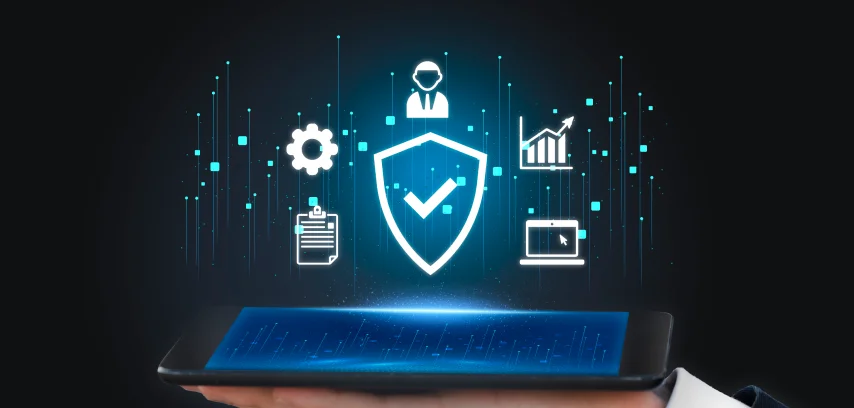
Top 13 IoT Security Challenges and Solutions for a Safer Connected World
The rise of the Internet of Things (IoT) has revolutionized modern living, connecting everything from smart homes and wearable devices to industrial machines and critical infrastructure. However, this hyper-connectivity comes with serious security concerns. In this blog post, we explore the top IoT security challenges and provide actionable solutions to help safeguard connected devices and networks.
Major IoT Security Challenges
1. Massive Attack Surface
Every connected device represents a potential entry point for attackers. As the number of IoT devices increases, so does the opportunity for breaches. Each sensor, camera, or smart appliance must be treated as a vulnerable endpoint.
2. Limited Device Security
Many IoT devices have limited processing power and memory, making it difficult to integrate advanced security features like encryption or firewalls. This results in poor built-in defense mechanisms.
3. Inconsistent Security Standards
There’s a lack of standardized protocols and regulations across manufacturers. This inconsistency leads to fragmented security implementations and opens the door to vulnerabilities.
4. Data Privacy Risks
IoT devices often collect sensitive data — location, health metrics, financial details. Without secure storage or transmission practices, this data is exposed to breaches.
5. Complex Network Architecture
IoT ecosystems often include interconnected devices on shared networks. A single compromised node can give attackers access to the entire infrastructure.
6. Physical Tampering
Devices located in public or remote locations are susceptible to physical damage, theft, or unauthorized access, which can compromise data or systems.
7. Supply Chain Vulnerabilities
Substandard components or outdated firmware introduced via third-party vendors can open up security loopholes. Vetting the entire supply chain is critical.
Proven Solutions to Strengthen IoT Security
8. Strong Authentication Protocols
Use multi-factor authentication (MFA) and certificate-based identification to verify devices and users accessing the system.
9. End-to-End Data Encryption
Encrypt all data in transit and at rest. Technologies like TLS/SSL protect against interception and tampering. Learn more from Cloudflare’s encryption guide.
10. Regular Firmware and Security Updates
Devices must be designed to receive over-the-air (OTA) updates to patch known vulnerabilities quickly. Users should be notified when critical updates are available.
11. Adopt Industry Standards
Follow established frameworks like the NIST IoT Cybersecurity Framework or IETF guidelines to ensure comprehensive coverage of security needs.
12. Network Segmentation
Isolate IoT devices from core systems using VLANs or firewalled zones. This limits lateral movement in the event of a breach. Read more about cloud-native architecture best practices.
13. Real-Time Monitoring and Threat Detection
Use intrusion detection systems (IDS) and machine learning-based threat detection to monitor device behavior and flag anomalies. Platforms like Zenarmor can assist with real-time visibility.
Conclusion
The explosive growth of IoT offers tremendous benefits — from smart cities and healthcare innovations to industrial automation. However, without addressing the IoT security challenges outlined above, the risks could outweigh the rewards. From implementing encryption and authentication to training users and monitoring threats, every step toward security makes your IoT network more resilient.
Ready to secure your connected infrastructure? Explore our IoT and DevOps Security Solutions and take your digital transformation further, safely.




